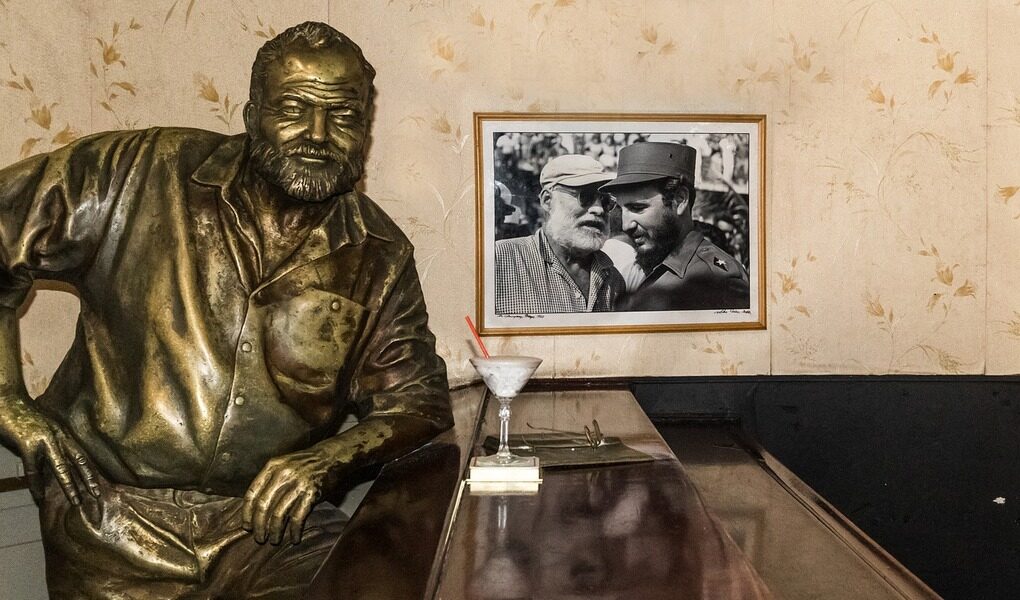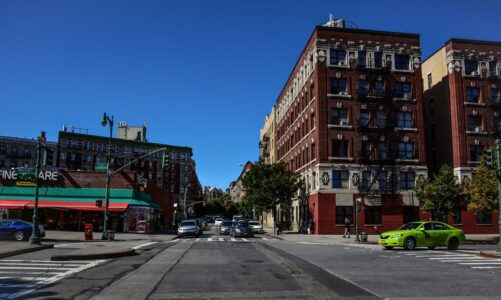Most writers of the “lost generation” were still years, and some (Hemingway, Faulkner, Wilder) even decades of creativity, but only Faulkner managed to escape from a defined in the twenties of the circle of themes, issues, poetics and stylistics, from the magic circle of pining sadness and doom of the “lost generation”. The commonality of the “lost”, their spiritual brotherhood mixed with young hot blood, turned out to be stronger than the elaborate conclusions of various literary groups, which disintegrated without leaving a trace in the work of their members.
For example, Ernest Hemingway (1899-1961), Nobel Prize laureate (1954), “citizen of the world” and writer of the widest range, at the same time forever retained a certain mark of the “lost”, which manifests itself sometimes in a recognizable composition structure, a recognizable turn of plot or character trait of the hero.
In fact, not only Frederick Henry (“Goodbye, Gun!”, 1929) and Jacob Barnes (“And the sun rises”, 1926), but Harry Morgan (“To have and have not”, 1937) and Robert Jordan (“For Whom the Bell Tolls”, 1940), and even old man Santiago (“Old Man and the Sea”, 1952) – a kind of “defeated winners”, behind the courageous firmness and strength which hides the restrained tension and unviable mental pain. In the novel “Across the River in the Shadow of the Trees” (1950) Hemingway openly returned to its problems, poetics and stylistics of the 20′s, the theme of the First World War, telling the story of its veteran, now a colonel Richard Cantwell, his bitter doomed love for the young Italian Countess Renate, a girl “whose profile tingled the heart”, and his untimely death, which ended this love.
Hemingway’s prose, polished, extremely economical in its pictorial means, was largely prepared by the school of journalism. This prose of the master, whose masterly simplicity only emphasized the complexity of his artistic world, has always relied on the personal experience of the writer.
Hemingway was born in Oak Park, Illinois, and spent his childhood in northern Michigan; his father, a physician, helped, among others, the Indians on the local reservation and sometimes took his son with him, a segment of life reflected in the early years of Hemingway’s lyrical hero, Nick Adams (In Our Time, 1925). Hemingway’s experiences of the First World War, where he volunteered, formed the basis of the short stories of Men Without Women (1927) and the novel Farewell, Arms!
Real biographical facts (service in the Red Cross unit on the Italian-Austrian front, a serious wound and a stay in a Milan hospital, a tumultuous, but which brought Hemingway only bitterness and frustration love for a nurse Agnes von Kurowski) artistically transformed in the novel and cast in a crystal clear, distinct and penetrating picture of the suffering and courageous stoicism of the “lost generation”.
Hemingway’s characters (and the author himself) are symptomatic of his predilection for extreme manifestations of life involving mortal risk, such as bullfighting (And the Sun Rises; Death in the Afternoon, 1932; Dangerous Summer, 1960) and safaris (The Green Hills of Africa, 1935; Francis Macomber’s Short-lived Happiness; The Snows of Kilimanjaro). In these manifestations, brutality and death appear aesthetically transformed-not by slaughter, but by the art of bullfighting and wildebeest hunting.
Always in the thick of the events of his time – as a correspondent, as a direct participant, and as a writer – Hemingway responded to them with his journalism and works of fiction. Thus, the atmosphere of the “angry decade” and the Spanish Civil War were recreated in the short stories of the collection Winner Gets Nothing (1935), the novel To Have and Have Not (1937), the “Spanish journalism”, the play The Fifth Column (1938) and the novel For Whom the Bell Tolls (1940). The events of the 1940s, when Hemingway, who had settled in Cuba, hunted on his yacht Pilar for German submarines in the Caribbean Sea, are reflected in his posthumously published novel Islands in the Ocean (1979). At the end of World War II, the writer participated as a war correspondent in the liberation of Paris.
The powerful final chord of his creativity (the rest of his works were published posthumously) was a story-parable The Old Man and the Sea, the action of which takes place in Cuba. The last years of Hemingway’s life were overshadowed by severe physical ailments, and in 1961 the writer, not wishing to surrender to old age and illness, committed suicide with a shot from a hunting gun, as his father once (in 1928) did. Shortly before this, Hemingway had returned to his native land, having bought a house in Ketchum, in the west of the country.



